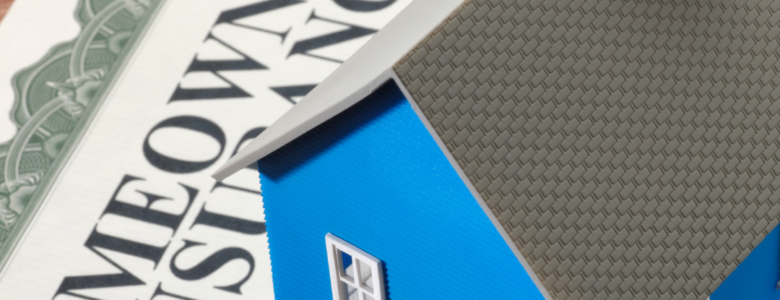Homeowners insurance is a vital safeguard that provides financial protection and peace of mind for homeowners. However, understanding the specifics of what homeowners insurance covers can be challenging. In this comprehensive blog post, we will delve into the various aspects of homeowners insurance and explore what it actually covers. By gaining clarity on the coverage provided, homeowners can make informed decisions and ensure they have adequate protection for their most valuable asset—their home.
- Dwelling Coverage
One of the primary components of homeowners insurance is dwelling coverage. It typically covers the physical structure of your home, including the walls, roof, floors, and foundation. In the event of covered perils such as fire, vandalism, or windstorm, dwelling coverage helps repair or rebuild your home.
- Other Structures Coverage
In addition to the main dwelling, homeowners insurance often includes coverage for other structures on your property, such as detached garages, sheds, fences, or gazebos. This coverage ensures that these structures are protected against similar perils as the main dwelling.
- Personal Property Coverage
Homeowners insurance extends coverage to your personal belongings, both inside and outside the home. This includes furniture, appliances, clothing, electronics, and other valuable items. In case of covered perils like theft, fire, or storm damage, personal property coverage helps replace or repair these items.
- Liability Coverage
Liability coverage is a critical component of homeowners insurance. It offers protection if someone is injured on your property and you are found legally responsible. This coverage can help pay for medical expenses, legal fees, and damages awarded in a liability lawsuit.
- Additional Living Expenses Coverage
When your home becomes uninhabitable due to a covered loss, additional living expenses coverage can be a lifesaver. It covers the costs of temporary living arrangements, such as hotel stays, meals, and other necessary expenses until your home is repaired or rebuilt.
- Medical Payments Coverage
Homeowners insurance typically includes medical payments coverage, which covers medical expenses for someone injured on your property, regardless of who is at fault. This coverage helps pay for immediate medical treatment, such as emergency room visits or minor injuries.
- Coverage for Loss of Use
If your home is temporarily uninhabitable due to a covered loss, such as a fire or severe storm damage, loss of use coverage kicks in. It helps cover the additional expenses you incur while living elsewhere, such as rent, storage fees, or transportation costs.
- Named Perils vs. All-Risk Coverage
Homeowners insurance policies can provide coverage for named perils or offer all-risk coverage. Named perils coverage explicitly lists the perils it covers, while all-risk coverage safeguards against a broader range of perils unless the policy explicitly excludes them. Understanding the coverage type is crucial to determine the perils included in your policy.
- Exclusions and Limitations
While homeowners insurance offers valuable protection, it’s crucial to understand the exclusions and limitations of your policy. Certain perils, such as earthquakes, floods, or acts of war, may require additional coverage or separate insurance policies. Additionally, coverage limits may apply to certain categories, such as high-value items or specific types of damage.
- Reviewing and Adjusting Coverage
Regularly reviewing and adjusting your homeowners insurance coverage is essential to ensure you have adequate protection. Factors such as home improvements, additions, or changes in the value of your belongings may warrant adjustments to your coverage. Working closely with your insurance agent can help you determine if any changes are necessary.
Homeowners insurance provides crucial financial protection for your home, personal belongings, and liability. Understanding what homeowners insurance covers is vital for homeowners to make informed decisions and ensure they have appropriate coverage. Dwelling coverage, other structures coverage, personal property coverage, liability coverage, and additional living expenses coverage are among the key components of a standard homeowners insurance policy. It is important to review the policy carefully, be aware of exclusions and limitations, and consider additional coverage for specific perils. By staying informed and regularly reviewing your coverage, you can safeguard your home and possessions with confidence.








